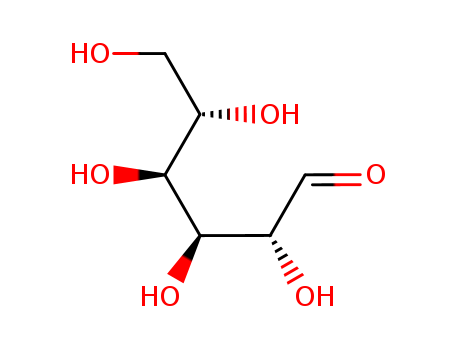10.1016/S0040-4039(03)01707-6
The research explores the potential of an N-Troc (N-2,2,2-trichloroethoxycarbonyl) protected sialic acid donor for synthesizing various sialo-glycosides. The purpose of this study is to develop a versatile and efficient method for synthesizing different sialic acid analogs, which are crucial for understanding the biological roles of sialo-glycoconjugates in processes such as cell-cell interactions, tumor metastasis, and neural network formation. The researchers converted an N-acetyl sialic acid derivative into an N-Troc protected donor using Higuchi’s one-pot methodology. This donor was highly reactive and demonstrated broad applicability in synthesizing sialo-glycans with N-glycolyl, de-N-acetyl, 1,5-lactam, and 8-O-sulfo sialic acid analogs. The key chemicals used included the N-Troc protected sialic acid donor, various acceptors such as galactose, and promoters like N-iodosuccinimide (NIS) and triflic acid (TESOTf). The study concluded that the N-Troc donor was highly effective, yielding high reaction rates and selectivity for α-anomeric products. The selective deblocking of the Troc group and subsequent modifications allowed the synthesis of diverse sialic acid derivatives. This approach significantly broadens the scope of sialo-glycoside synthesis and provides a practical method for producing various sialic acid analogs, which can be further utilized in the study of complex carbohydrate structures and their biological functions.





